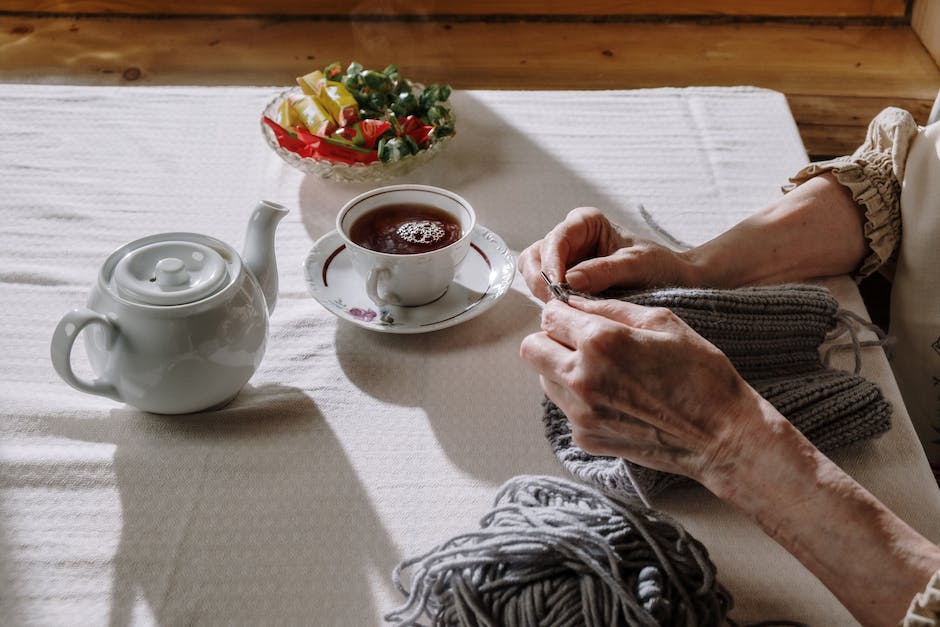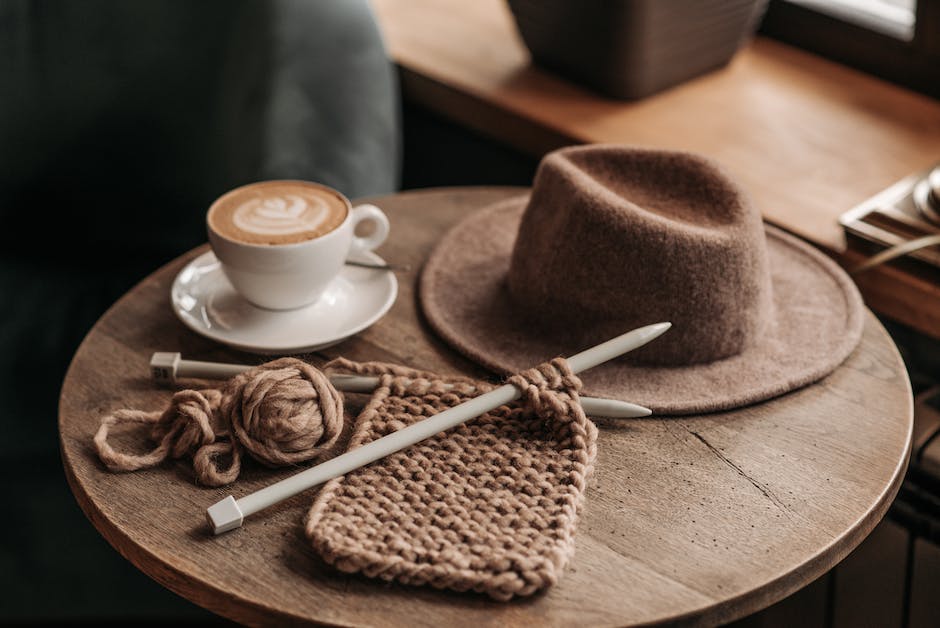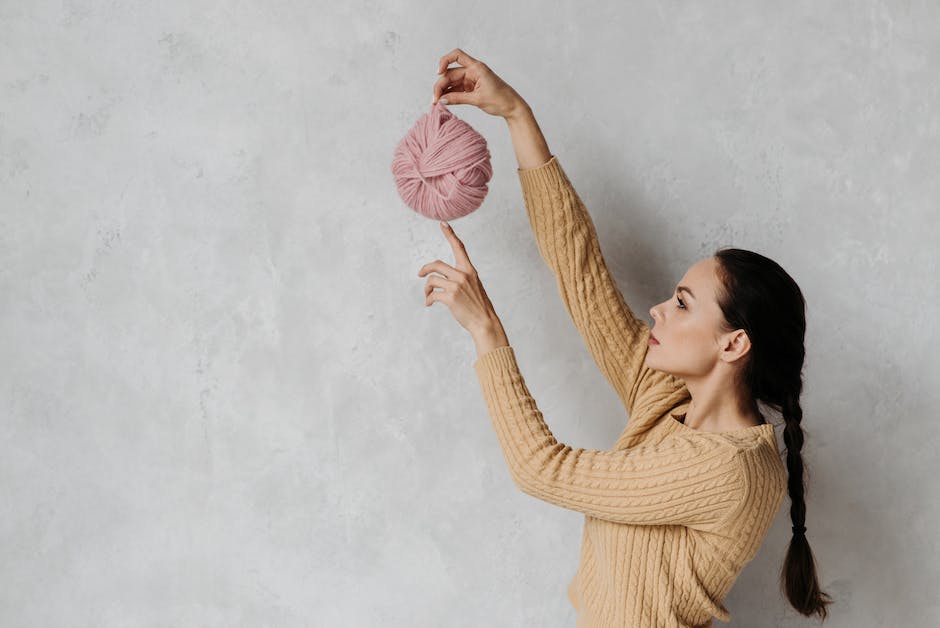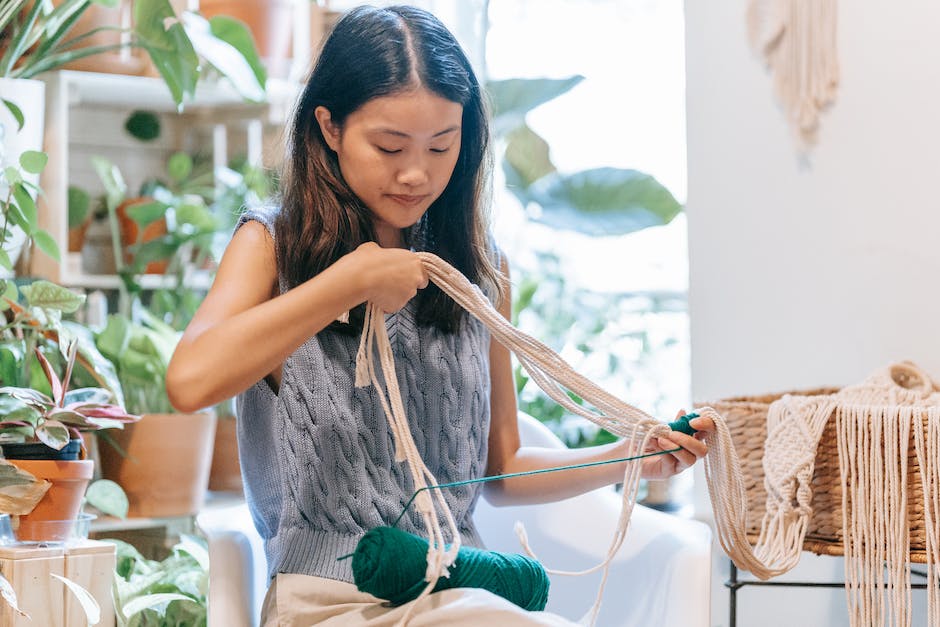Knitting is a very popular hobby. There are almost always new techniques and ways to do knitting every season due to its popularity. It is a low maintenance hobby that you can do at any time!
In this article, we will discuss the basic steps of knitting and how to be the most efficient knitter possible. There are many different styles of knitting and most are done in certain ways. Therefore, there are many different tips for how to knit.
You do not have to be a professional knitter to provide your next gift basket or something special for your owner! Many successful knitters share their tips in their writings and on blogs so that others can learn them as well.
Use your right hand to grab a new needle

When you are knitter, it’s important to learn how to use the needle. The right way to hold the needle is with your thumb down the middle and your finger on the other side.
This means that you must wrap your finger around the needle as if to draw a line – your thumb can then flop down or be placed in either end of the needle.
The end of the needle should be placed in water before next instruction. This helps prevent cuts, bruises, and stuck needles!
The trick is to wrap your fingers properly once they are on the wrong side of the needle. Holding tightly with my thumbnail, I pull my fingers up and over the blade until they are nestled in place.
Put the new needle in your left hand

Now you need to pull the old needle out and put the new one in. This can be tricky at first, just keep doing it until you can do it by yourself
Put your left thumb on top of the needle and then pull down with your left fingers. This should pull the end of the needle through your knitted stitch.
Now you can turn your work right-side out and let dry before starting a new piece. You can repeat this process if you have some left over needles!
This is called weaving in the ends and is how you return your knitting to being usable.
Take the old needle out of the stitch
When you are working a new row or round, you can take the old needle out of the stitch. This is called taking the cast on in position and returning the yarn to its previous state before being worked.
This is useful when changing to a new color, switching to a different size needle, or just taking some time to relax your hands by not working with the needle in position.
Old needles can get lost, broken, or misplaced very easily. Taking the time to return the yarn to its original state is helpful for keeping your projects from going messy and/or breaking.
Bullet point ended here. See also article How To Knit: Taking Your Needle To The Edge article next paragraph.
Put the old needle back into the next stitch

When you have completed the knitted item you want to put aside the new needle and return to the old one. This is called re-knitting or re-processing your work.
Re-joining your yarn is done by taking the end of the new needle and then passing it through the top of the stitches on the old needle. Then, pulling the two ends of the yarn, you will have a large loop which then can be wrapped around a new cast on or other type ofenna, like a thumbster or cable.
Re-processing your work can be done in many ways. Some people just leave it alone and let it settle for a few days before trying to join it again. Others use a different colorway or use an identical pattern but with a different colorway.
Repeat steps 3-5 until you reach the end of the row

Now, back to the beginning of the row, begin working the new knitted stitch again. This time, however, use a larger hook and a larger space between the stitches.
When you increase or decrease in size, your working yarn will change color. The new size will need a new pattern to fit into it. So, when you increase in size, your yarn will draw closer to the hook and slightly bigger stitches. When you decrease in size, the yarn will pull tighter and smaller stitches.
Used methodically, these changes can help you find your ideal shape. Let us look at some examples!
Example 1: Knitting a wide stockinette fabric that is 32″ long. You start with an easy single knitter‘s self-tester: Does it feel easy? Does it feel automatic? Then, you move on to more difficult self-testers.
Turn your work around and repeat until garment is large enough

The best way to learn how to do anything on a large scale is to start small and work your way up. This is called going from theory to practice and back out of the gate.
In my case, I learned how to turn my knitted garments right side out and wriggle into my clothes by following the instructions in the pattern. Then I could add stockinette stitch and shape, so I could hang it or wear one shoulder and then the other!
Once you get started, don’t be afraid to experiment with different techniques. Some show more clearly than others, and if you love watching expert knitters work, then you will find some of these videos helpful.
Knit tighter stitches for winter garments and looser stitches for summer garments

While most people concentrate on the decrease or increase of the knit or purl stitches, there are some differences in the way garments are constructed with regard to the size and shape of the garment.
The main difference is in how far back and how wide a garment should be. For winter garments, there should be a minimum of a doubled cast-on, and for summer garments, there should be a double-double or even double- quadruple-double cast-on.
This is due to water retention being a major complaint about warm clothing. A thick, insulated sock socket can help prevent this!
However, for less seasonal garments such as tights or shorts, less knitting goes on. These need to be roughly the same thickness so that it does not stick together.
Know your gauge before beginning a project

When knitting at the gauge indicated for the size or size of project you have, that is the number of stitches and rows you will have. For example, if you were to start a pair of socks with six stitches in one sock and four stitches in the other, that would be the correct number of stitches and rows.
Knitting has several different gauges, so knowing what each one represents is key. The most common length of knitted fabric is about 24 inches (60 cm) in length before being carded off and launched into the world.
Gauge is important when working with delicate or expensive materials such as silk or wool.











